A highly reputed air squadron will be brought back to operate high-tech unmanned aircraft and surveil northern waters, the Royal Australian Air Force has announced.
First established in 1939, 9 squadron will take over the operation of the U.S.-built MQ-4C Triton Unmanned Aircraft System (UAS), which will arrive in Australia in mid-2024 and will operate alongside the P-8A Poseidon to replace the AP-3C Orions.
With a wingspan of a Boeing 737 at 39.9m and the ability to fly up to 24 hours, this large high altitude long endurance (HALE) aircraft manufactured by Northrop Grumman will be used for real-time maritime intelligence, surveillance and reconnaissance.
Renowned Operational Unit
Royal Australian Air Force (RAAF) Chief of Air Force Rob Chipman paid tribute to 9 Squadron when announcing its re-establishment, noting it has a history of being involved in some of Australia’s most iconic battles with the Australian Army and has flown 237,424 missions, reported the Australian War Memorial.The 9 Squadron was previously in operation from 1939 to 1944 before being re-established in 1962 during the Vietnam War, where it flew its last mission in November 1971. It was responsible for carrying out a number of different types of missions, including inserting and extracting Special Air Service patrols, evacuating wounded troops, spraying herbicides and pesticides, dropping leaflets, and flying “olfactory reconnaissance” or “people sniffer” missions.
Australian Flat Pack Drones Sent to Ukraine
Meanwhile, cheap Australian drones made out of cardboard and rubber bands have been sent to the Ukraine Armed Forces as part of a $33 million (US$22.33 million) commitment to supply the country with unmanned systems.Developed in Melbourne in partnership with the Australian Army and under a $1.1 million (US$0.74 million) Defence Innovation Hub contract, SYPAQ Systems developed the Corvo™ Precision Payload Delivery System (PPDS).
Known as the “cardboard plane,” the PPDS comes flat-packed and is constructed from thick, wax-coated cardboard and heavy-duty rubber bands that secure the wings; it can also fly up to 120 km and has the ability to land by itself.
With the PPDS able to provide true autonomy and remove the cognitive load on the soldier during operation, the Ukrainian soldiers have used them for a variety of missions, including lethal ones.
“When it’s operating with no data link, obviously it’s set and forget, and it does a great job of flying down range, monitoring the terrain and figuring out a landing pattern and approach, given the weather conditions,” said SYPAQ chief engineer Ross Osborne at the Avalon Airshow.
Defence Minister Richard Marles and Ukrainian ambassador Vasyl Myroshnychenko were provided with a first-hand briefing on the “cardboard plane,” and Myroshnychenko commented that the appearance of the drone was deceptive.
“But when you see what it can do, it’s really amazing.
“From what I hear, they have been very good at inflicting lots of damage on the enemy.
Use of Australian Innovation within Australia
Although the cardboard drones sent to Ukraine have been well received, the Australian Defence Force (ADF) is yet to place any orders.Deputy Prime Minister Richard Marles said the usefulness of the innovation doesn’t relate directly to Australia’s current situation.
“In the context of what has been faced by Ukraine, it has a high degree of value,” Marles said.
“Ultimately, that’s a question of the assessment of our own needs, which are clearly different from those of Ukraine.
RAAF Chief of Air Force Rob Chipman said that it was important to continue working with the U.S. through cooperative development programs and ensure MQ-4C drones can be operated effectively once they arrive.
“We think about interoperability when we design and deliver aircraft. And it’s very important to us to make sure you get that right from the outset. So that we are able to continue to operate with the US forces,” Chipman said.
Meanwhile, Marles commented that it is important for Australia to increase its defence industry in a strategic way, “the fact that we’ve got a technology being developed in Australia, which has use in that theatre, is something we should all feel proud about and helps boost Australia’s strategic weight.”
“And the fact that we are seeing that export, and the utility of that, has Australia be taken more seriously.”
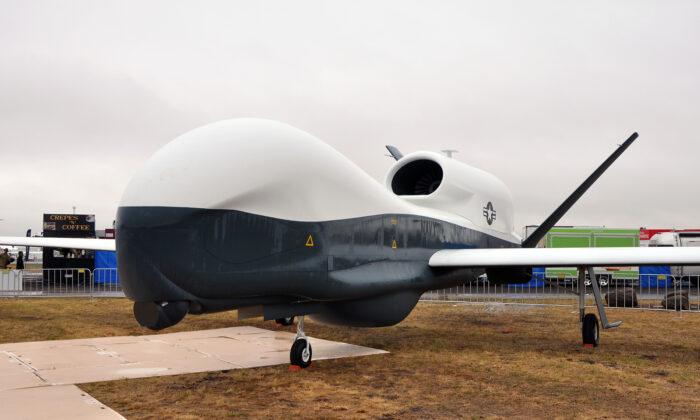

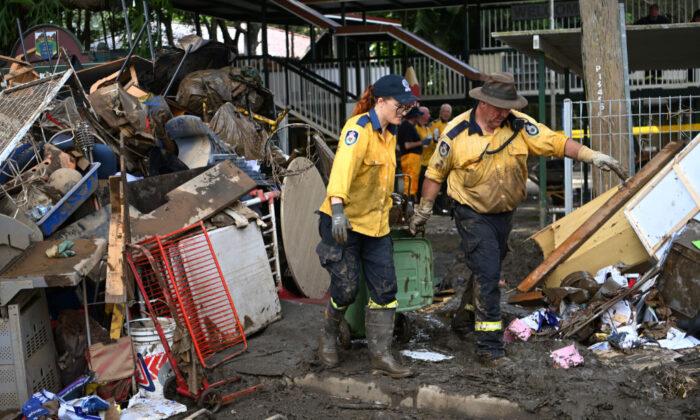
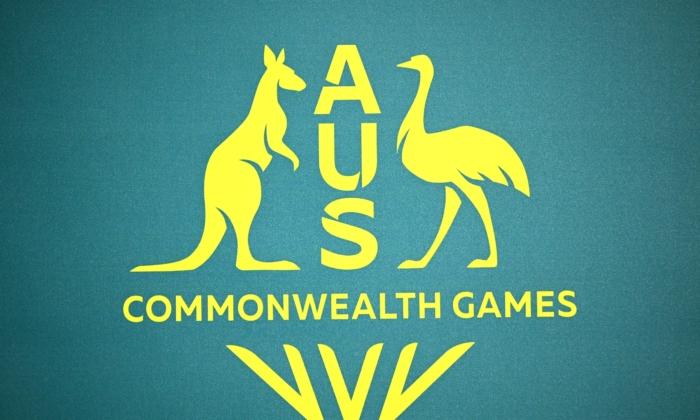
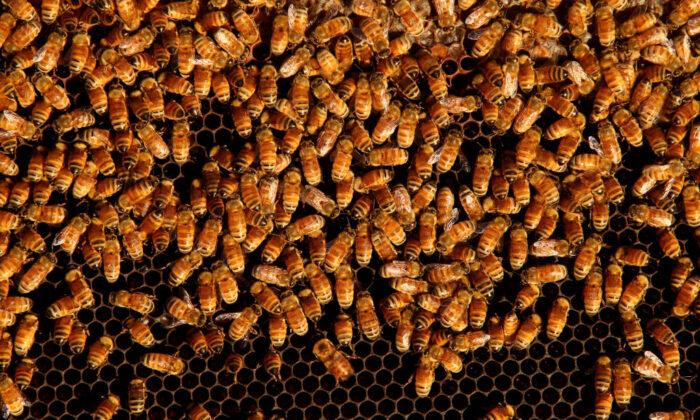
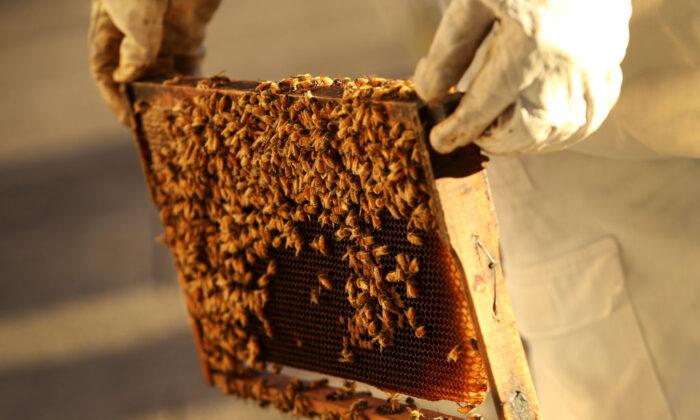
Friends Read Free